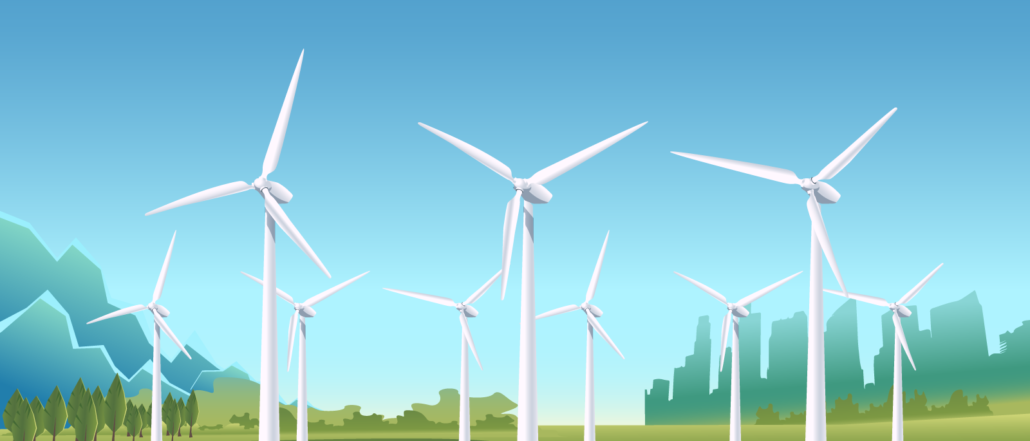
In a world where environmental and climatic challenges are increasingly pressing, Europe finds itself at a crucial crossroads in its history. The European Environment Agency (EEA) recently sounded the alarm, highlighting Europe’s lag in its transition to a circular economy, a transformation crucial to achieving its climate and environmental goals. In this article, we explore the challenges of this transition, the current state of progress in Europe, the actions needed to accelerate the process, and the opportunities that a circular economy can offer.
The challenges of the transition to a circular economy
Europe’s current economic model is largely based on a linear economy, where resources are extracted, transformed into products, used and discarded at the end of their life. This approach leads to over-consumption of resources, excessive waste production and contributes significantly to the greenhouse gas emissions responsible for climate change. It also entails a considerable loss of economic, social and environmental value. The recent AEE study reveals striking examples of this waste, including the destruction of unsold textiles, resulting in massive CO2 emissions into the atmosphere.
State of transition in Europe
Despite some progress, as evidenced by the circularity rate of 11.5% by 2022, Europe is still lagging behind in its transition to a circular economy. Despite some progress, as evidenced by the circularity rate of 11.5% by 2022, Europe is still lagging behind in its transition to a circular economy. Significant disparities also exist between EU member countries in terms of the adoption of practices and technologies conducive to the circular economy.


Courses of action to speed up the transition
To accelerate the transition to a circular economy, several actions are required. First and foremost, it’s crucial to promote higher-quality recycling, helping to preserve the value of materials throughout their life cycle. This means not only increasing recycling rates, but also ensuring that recycled materials retain their functionality and quality. What’s more, encouraging the reuse and repair of products is essential to extend their lifespan and reduce the amount of waste generated.
Public awareness and education are also key elements in promoting a successful transition to a circular economy. We need to inform people about the environmental and economic benefits of the circular economy, and encourage them to adopt more sustainable consumption patterns. At the same time, collaboration between the public and private sectors is essential to stimulate innovation, invest in clean technologies and create a favorable environment for the transition to a circular economy.
The opportunities offered by a circular economy
Beyond the challenges, the transition to a circular economy offers many opportunities for Europe. By promoting innovation and job creation in sectors such as recycling, repair and reuse, it can boost its economic competitiveness while reducing its environmental footprint. What’s more, a circular economy can help strengthen the resilience of European economies to external shocks, such as fluctuations in raw material prices.
The transition to a circular economy is an absolute imperative for Europe in its fight against climate change and environmental degradation. To achieve this, it is crucial that governments, business and civil society join forces and work together to put in place policies and practices conducive to this transition. By speeding up this process, Europe can not only meet today’s environmental challenges, but also pave the way for sustainable, inclusive prosperity for future generations.
To find out more about the circular economy transition in Europe, read this article !
Read also
Questions about CircularPlace?



